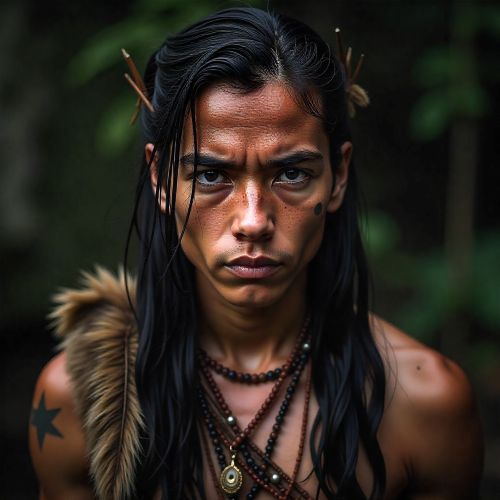Coast Salish Mythology
Coast Salish mythology is deeply tied to the lands and waters of the Pacific Northwest, where the Coast Salish peoples have lived for thousands of years. These stories, passed down orally through generations, explain the origins of the world, the cycles of nature, and the relationships between humans, animals, and spirits. Unlike mythologies with rigid pantheons, Coast Salish mythology is fluid and dynamic, shaped by landscapes of forests, rivers, mountains, and the sea. Each community has its own variations, but all share the belief that the world is alive with spiritual presence and that human beings must live in balance with their environment.
Central to Coast Salish mythology are the teachings about transformation. Many stories describe how beings could shift between human and animal forms, reminding people of their deep connection to nature. Animals such as the raven, eagle, salmon, and killer whale carry spiritual meaning, often acting as guides, teachers, or protectors. These myths are not abstract tales but lessons about respect, reciprocity, and survival. The salmon, for example, is more than food—it is a sacred being whose return each season represents renewal and responsibility. Rituals and ceremonies rooted in these myths ensured that communities honored the salmon, the waters, and the land that sustained them.
Another defining feature of Coast Salish mythology is the role of ancestors and spirits. Storytelling was a way to preserve not only myths but also genealogies, weaving together family, history, and spiritual lessons. Ceremonial dances, masks, and carved artworks brought these stories to life, creating a living link between myth and practice. Trickster figures, often appearing in the form of Raven or Mink, provided humor while teaching moral lessons about humility, greed, or carelessness. Sacred places such as mountains and rivers are also woven into mythology, reinforcing the idea that geography itself is alive with spiritual meaning and memory.
Today, Coast Salish mythology continues to be a vital part of cultural identity. Elders and storytellers ensure that these traditions are passed on to younger generations, while artists, carvers, and performers bring myths into modern cultural expression through totem poles, masks, and community gatherings. At the same time, Coast Salish myths are increasingly recognized and respected outside the community, offering global audiences a glimpse into a worldview that values balance, respect, and interconnectedness. Exploring Coast Salish mythology is not only a way to learn about fascinating legends but also an opportunity to understand how Indigenous traditions of the Pacific Northwest continue to shape cultural pride and spiritual resilience.


